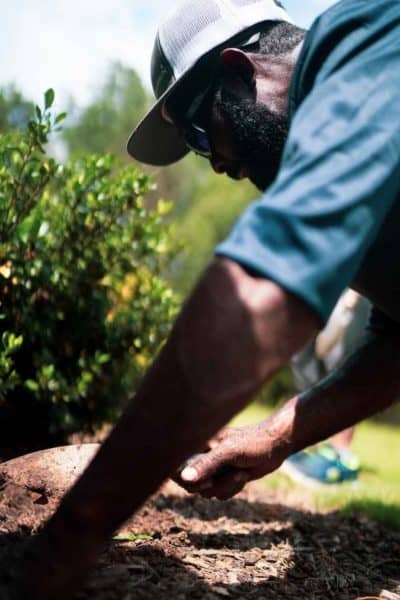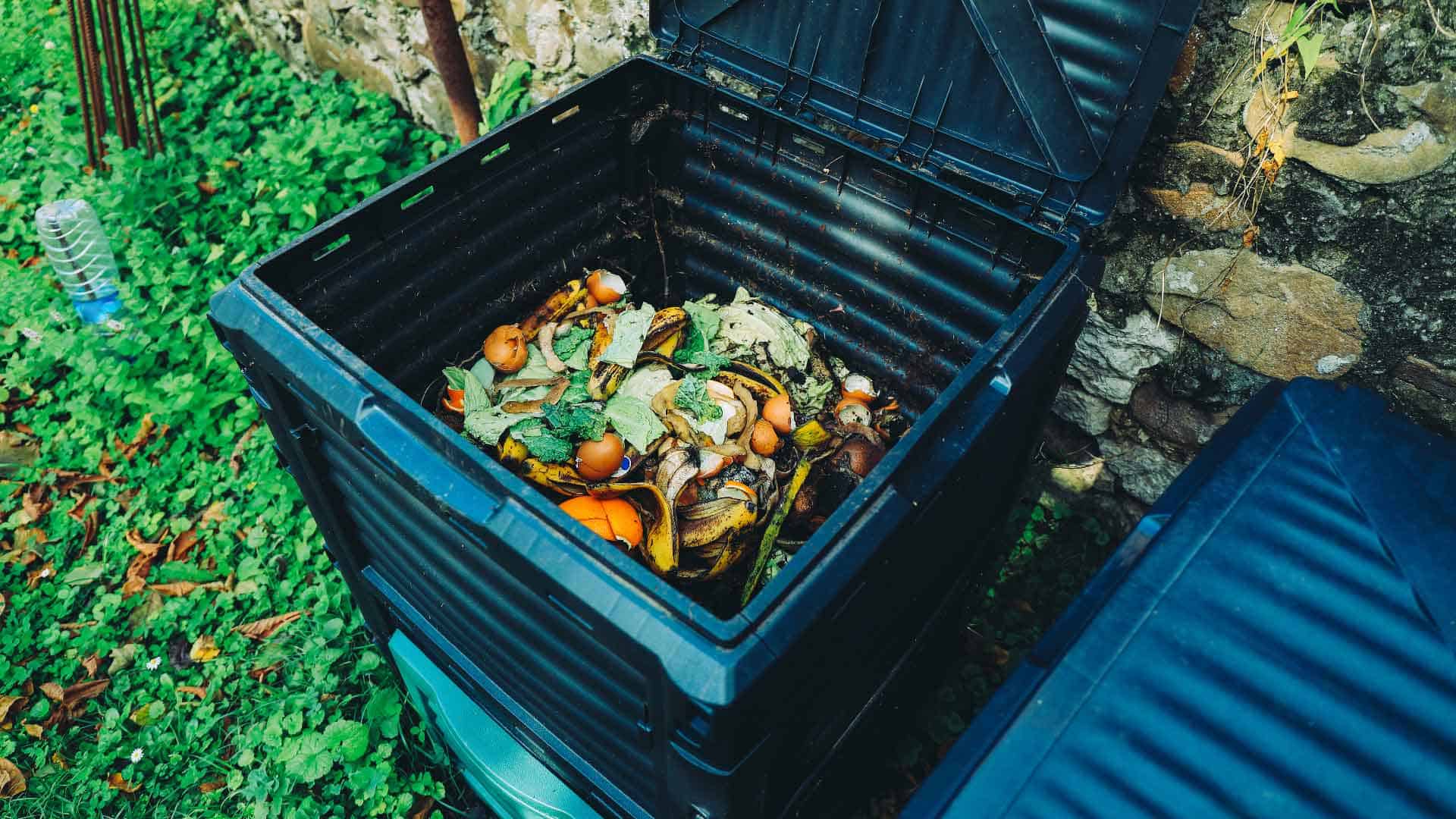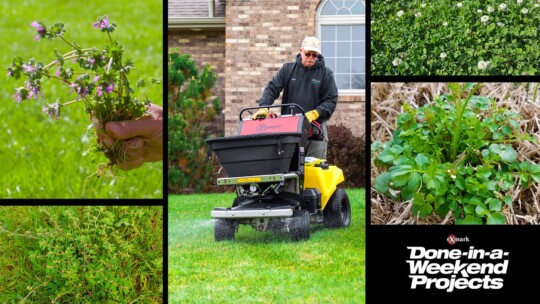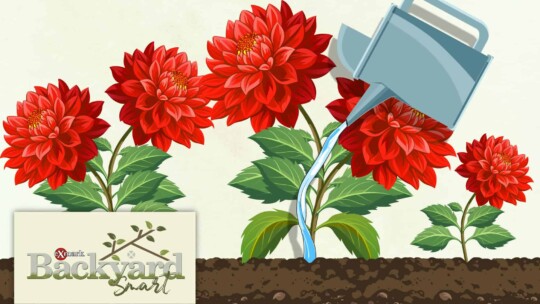
Weeds are an unfortunate reality backyard enthusiasts around the world routinely have to pull, poison, or whack. And, when these tactics fail, many folks turn to landscape fabric to try and keep them at bay. But, did you know there are alternatives to landscape fabric?
The Pros and Cons of Landscape Fabric
Landscape fabric certainly has a track record of controlling many of the 8,000+ weed varieties out there. You simply roll it out, cover with mulch, and bye-bye weeds. But, it’s not the cheapest or healthiest option. While it may keep weeds from popping up, it can be hard on what’s happening below ground, like:
Earthworms. Yep, those little wiggly guys are wonderful at making holes that aerate the soil, keeping it healthy, allowing water to permeate, and roots to grow deep and strong. Landscape fabric—depending on who makes it—can be composed of plastics that won’t let water or airflow penetrate. And, that’s bad for the worms.
Roots. When spread out around trees, landscape fabric can alter surface roots, causing them to tangle up and eventually resemble a bad highway interchange. After years of strangulation, plants can end up with root balls the size of a large appliance. Landscape fabric doesn’t move and can deny a plant the water and nutrition it needs to stay healthy and vibrant.

RECOMMENDED VIDEO:
Raised Garden Bed Build with Joe Lamp’l
Raised beds are fairly easy to build and maintain. Plus, they are a great way to grow vegetables at home. Learn more about raised bed gardening in this video with gardening expert Joe Lamp’l and Done-In-A-Weekend Extreme host Doug Scott. Then, download plans to build the raised bed featured in this video
6 Landscape Fabric Alternatives
Applying a football field worth of landscape fabric or an overabundance of chemical killers aren’t your only weed control alternatives. There are far cheaper, and greener, things that can be used to rid your lawn of weeds.
Newspaper
Start spreading the news—literally. Newspaper is perhaps the most simple of the alternatives to landscape fabrics, and it breaks down naturally. Water it as you lay it down (about five layers deep) and overlap so there are no cracks for weeds to slip through. Then, cover over with your mulch of choice. Many horticulturalists will tell you newspaper not only breaks down, but adds nutrients to the soil while letting water pass through it. That’s great “news” for our earthworm friends.
Cardboard
If you have a few boxes lying around, try using cardboard as a weed barrier. It breaks down slower than newspaper and is easier to work with, especially on windy days. It’s best suited for level areas because uneven hills can be tricky. Because earthworms will break the cardboard down and unleash nutrients into the soil, it’s a great green option for your landscape. Best of all, the stuff is both free and plentiful. Odds are you can find ample supplies on your neighbor’s curb (let alone your own). Just be sure to secure it to the ground with garden staples.
Mulch

While you likely use mulch in combination with another weed barrier, it’s also an effective form of weed control all by itself. Mulch barriers are cheap, light, and a little covers a fairly large area. The mulch we normally recommend can be in the form of pine bark nuggets, bark, and wood chips. They’re the kindest to your soil’s health, but will have to be reapplied over time because they do decompose. If you see a neighbor having some trees taken out, don’t be shy. Ask them what they plan to do with the wood chips leftover. For the price of driveway space, you may find yourself with a whole pile of mulch to work with—and no trip to the nursery to pick it up! For tips on selecting the ideal mulch, click here.
Pine Straw
Pine straw offers greater coverage, and cost savings, than most alternatives, and is a beautiful sight once laid and watered in. If it’s good enough for Augusta National, it ought to put you in contention for yard-of-the-month.
Compost

The ultimate give-back and green option, compost is rich material made from decomposed food items like fruit and vegetable peelings, eggshells, used tea bags and coffee grounds. You can compost raked-up leaves, grass clippings, and mulch that’s started breaking down or becoming moldy.
Burlap
Burlap landscape fabric is another green alternative to landscape fabric that gardeners have turned to for generations. And, rightfully so—it’s cheap, plentiful, easy to work with and decomposes quickly.
Regardless of the barrier you end up choosing, here’s to putting an end to weeds!



